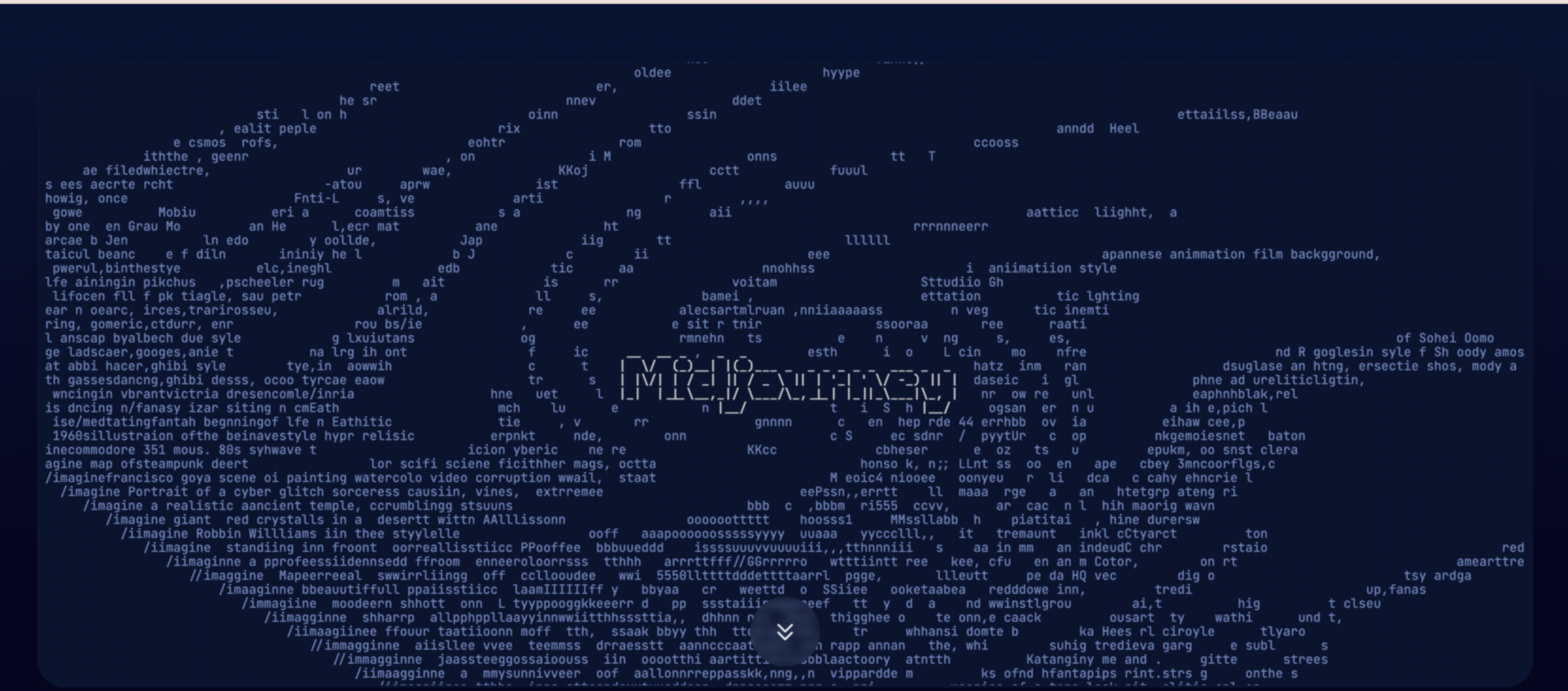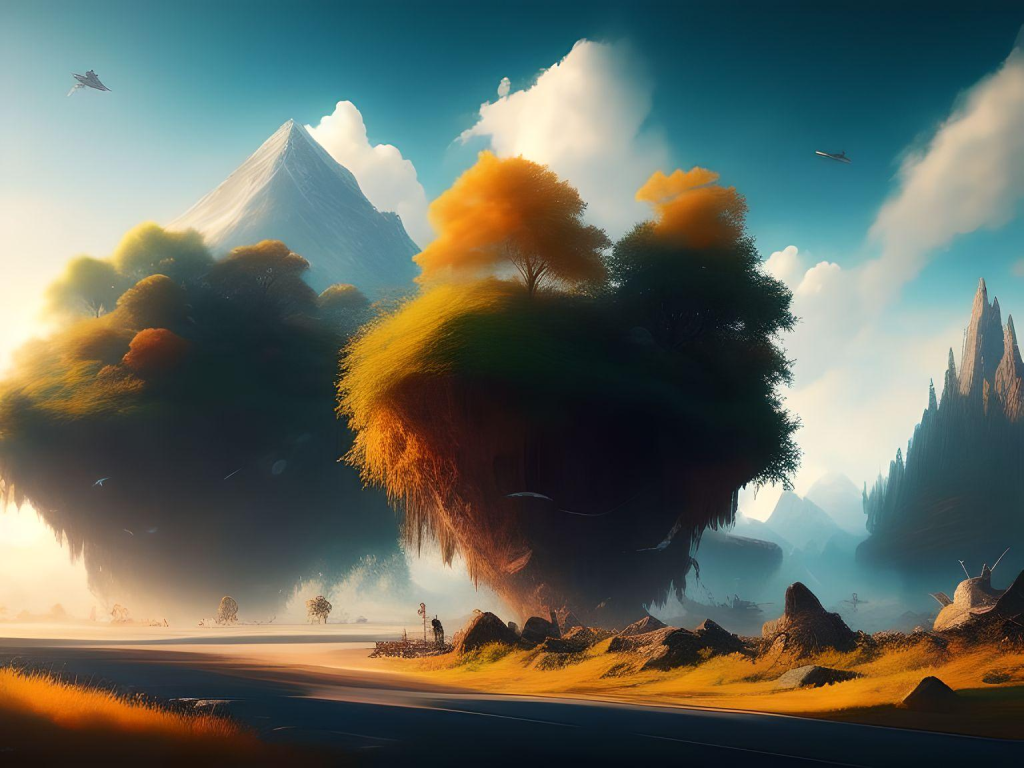Generative AI, with its ability to create art and other forms of creative output, has raised crucial questions about ownership and authorship. As these AI tools, such as Midjourney and Stable Diffusion, gain prominence, concerns arise regarding the compensation of artists whose work is used to train AI models, ownership of AI-generated images, and the creative expression involved in fine-tuning generative AI prompts. This article explores the intersection of generative AI and copyright law, highlighting the challenges it presents and potential solutions.

Photography and Generative AI: A Historical Perspective
Drawing parallels with the emergence of photography, we see how new artistic mediums can initially face scepticism. The U.S. Supreme Court’s ruling on photography’s artistic merit in the 1800s established that the photographers themselves should hold the rights to their creations. Similarly, generative AI, although lacking the physicality of a camera, possesses unique capabilities that can be anthropomorphised. Nonetheless, the U.S. Copyright Office maintains that only humans can hold copyrights, raising questions about AI-generated images’ ownership.
Ownership of AI-Generated Images
Determining who can claim ownership of images produced by AI presents a complex challenge. Should it be the artists whose work was used to train the AI, the users who provide prompts, or the developers of the AI systems themselves? While generative AI relies on training data, which may include copyrighted works, the transformative nature of AI-generated outputs blurs the line between infringement and fair use. This raises questions about whether existing copyright laws adequately protect artists’ rights and whether new regulations should be implemented to compensate artists for their contributions to AI training.

Navigating Copyright Infringement and Fair Use
Generative AI’s reliance on prior artworks as training data poses a potential copyright infringement issue. While artists draw inspiration from existing works, generative AI uses them directly to produce outputs. This raises concerns about unauthorized use of copyrighted material even before the AI generates new content. Scholars propose potential solutions, including opt-out options for artists and automatic compensation mechanisms to protect and support artists whose works contribute to AI training.
The Role of Creative Input and Ownership
Determining ownership becomes more nuanced when outputs resemble works from the training data. Courts will need to assess the meaningful creative input involved in the generative AI process. Artists refining prompts and iterating on AI-generated outputs introduce their own originality, but the legal standards for ownership are yet to be clearly defined. Courts must consider the level of creativity required to establish ownership and the extent to which generative AI can recreate existing works.

Preserving Artistic Identity and Balancing End-User Interests
Artists may face challenges when generative AI engines mimic their unique style without capturing the essence that makes their work distinct. This raises questions about the protection of an artist’s identity and style in the age of generative AI. Balancing the interests of end-users and companies utilising AI-generated content with the rights and interests of the artists is crucial for fair and ethical practices.
Generative AI presents both opportunities and challenges within the realm of copyright law. As the boundaries of authorship and ownership are tested, it becomes essential to establish frameworks that ensure fair compensation for artists and protect their creative contributions. Addressing the complexities surrounding generative AI and copyright law will require a multidisciplinary approach involving artists, legal experts, policymakers, and technologists. By finding a balance between technological advancements and artistic rights, we can navigate the minefield of generative AI and create a sustainable and inclusive future for creativity in the digital age.

Contributor





